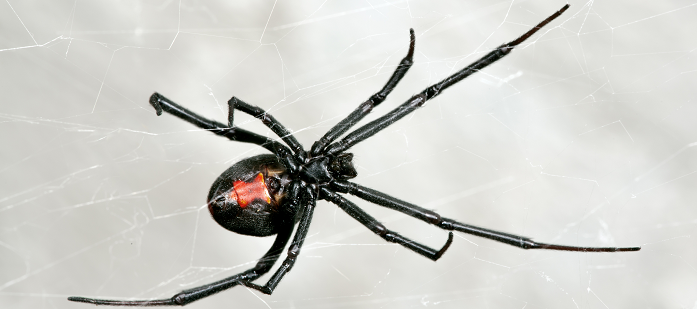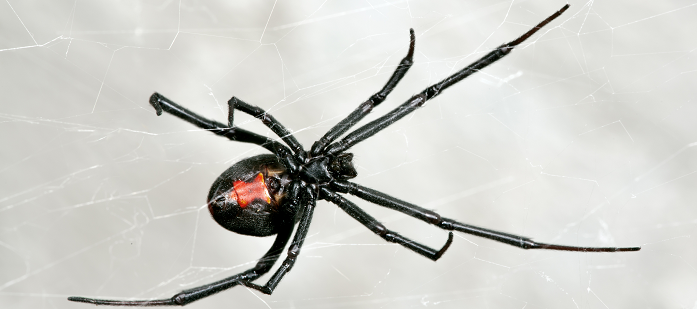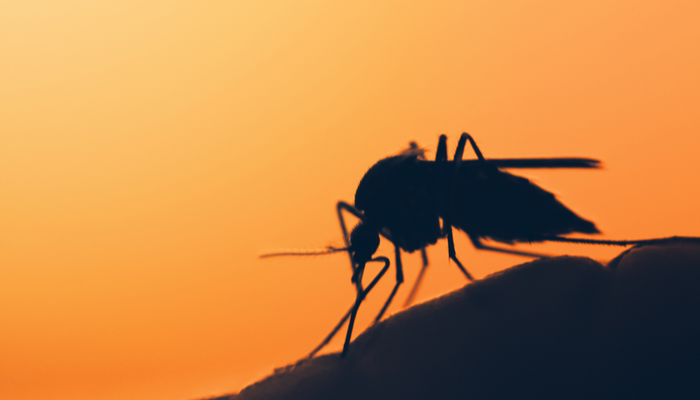
When you work within the life science industry, you are exposed to some of the most inspirational, impactful, exciting and sometimes amusing research every day of the week. At BioStrata, we love to take the opportunity to indulge ourselves, learning about what scientists are up to, and what they’re discovering. Below are our top 5 stories from October.
Positive beehive-iour
Bee-utiful! Bumblebees may experience a buzz after getting a treat – one that even seems to take the sting out of life. In order to assess the physical shifts in behaviour often associated with particular emotions, scientists trained 24 bees to associate particular locations and colours in the lab with either plain or sugary water. Bees that had received a sugary treat seemed far more optimistic than those given plain water; as they were more inclined to investigate new locations for more treats. This is the first indication that insects may experience something close to emotion, and seems to suggest a happy bee is a curious bee.
Is it a spider? Is it a virus?
In these blogs, we feel there has been something of a recurring theme regarding nasties arming themselves with ingenious weapons and causing all kinds of mischief. Well, last month brought us more of the same, as researchers found a virus that had taken on a gene from a surprising and frightening source – the black widow spider!
The gene, which matches that of a toxin found in the spider’s venom, is the first example of a virus carrying animal-like DNA. It is reported that the gene is likely to help the virus infect bacteria (its main target). The virus is suspected to have acquired the gene by somehow gaining entry to the black widow spider’s cells (rather than just finding it on the web), the actual mechanisms of which remain a mystery (for now).
A CRISPIER approach to sickle cell disease
CRISPR – is there anything it can’t do? The brilliantly versatile gene-editing technique has yet again proven that it perhaps should never have been shunned (twice) by the Nobel Prize committee. The technique is now being used to offer hope to those suffering from sickle cell anaemia, according to research published in Science Translational Medicine in October.
Sickle cell disease, caused by a loss in red blood cell elasticity leading to their aberrant morphology, is caused in humans by just a single gene mutation. This makes it fair game for CRISPR, and scientists are now ironing-out methods of correcting the mutation in mice, with the aim of reversing the symptoms. The researchers involved hope this advance may mean a treatment is on the horizon. There are hurdles to overcome – but hey, since when has that stopped the world's scientists?
The plot behind the spots
The scourge of adolescents across the globe – acne is being figured out (and our teenage selves had fickle bacteria to thank). Much like youths themselves, bacteria colonising the skin are prone to change from harmless to savage with very little warning. Scientists have discovered that innocuous bacteria switch to cause a break-out of acne when they find themselves trapped in anaerobic, oily conditions – such as those surrounding air follicles.
The bacterium, Propionibacterium acnes, converts the oily substance of the skin into amino acids that lead to an inflammatory response – known to the high school population simply as spots/zits. The researchers feel these developments may one day yield a treatment, welcome news indeed to school discos across the globe.
Painfully confusing
Picture the scene: you are in terrible pain, perhaps you’ve put your back out reaching down for that dropped pipette tip. You pick up and eat a small candy which, although delicious, you know has absolutely no pain relief properties whatsoever – and the pain decreases. A study published in the journal Pain shows this may not be that far-fetched a phenomenon, as patients that were knowingly given a placebo in conjunction with traditional treatment saw more improvement that those given traditional medicine alone.
This research indicates that the placebo effect itself seems not to be as strongly elicited by a patient’s conscious expectations, and instead may be more of a function of the environment, i.e. if a doctor hands you a pill, your brain will respond accordingly, even if the pill contains nothing but sugar. Trying to understand the placebo effect has long given scientists a headache – meaning they often feel the need to reach for the sweet jar.
If you’d like to be kept up to date with all the latest news in science and marketing, subscribe to our monthly newsletter. Always valuable, interesting content. Never any spam.




